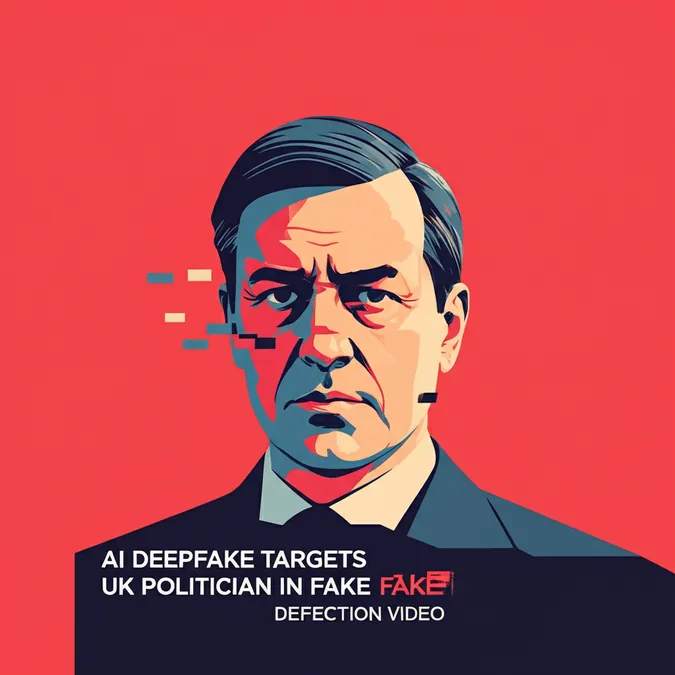Developer Offer
Try ImaginePro API with 50 Free Credits
Build and ship AI-powered visuals with Midjourney, Flux, and more — free credits refresh every month.
How AI is Fueling Growth for Tampa Startups
Tampa Bay is rapidly emerging as a vibrant hub for startups, but for many innovators flocking to the area, securing significant funding remains a major hurdle. In this challenging landscape, new technologies, particularly artificial intelligence, are proving to be a game-changer, enabling these fledgling companies to achieve more with less.
A Hub for Innovation and Growth
At the forefront of this technological wave is the Tampa Bay Innovation Center in St. Petersburg. This facility acts as a crucial incubator, providing a space where entrepreneurs can access essential resources, connect with fellow startups, and transform their innovative ideas into tangible realities. Since moving to the Ark Innovation Center two years ago, it has become a bustling center for networking and development, fostering a community of like-minded innovators.
AI as a Solution to Funding Gaps
Rebecca Brown, CEO of the Tampa Bay Innovation Center, highlights that one of the biggest impediments for startups is accessing the capital needed to hire staff and specialized vendors. This is precisely where AI offers a powerful solution. Brown notes that the capabilities of modern AI development tools are revolutionary. "What we can do now with AI development tools was not even possible 23 years ago," she explains. Developers can now use tools like Claude by Anthropic to create a minimum viable product (MVP) and use it for initial testing, a process that was not feasible just a few years ago. This allows startups to validate their ideas and build prototypes without a massive upfront investment.
AI in Action Streamlining Product Development
One company thriving in this environment is ROBRADY, a product design and development firm. Matthew Vergin, a product designer at the company, shared how they leverage AI to expand their reach and streamline their processes. "We’ve been using AI to be able to widen the scope of what types of companies... can reach out to in order to see if we can maybe make parts for those new companies,” Vergin says.
On the production side, AI is transforming how they present designs to clients. Previously, creating photorealistic imagery of a new product was a complex, multi-step process involving 3D modeling, scene creation, and lighting setup. Now, AI can generate these high-quality images almost instantly. "We’re beginning to be able to take an image... type in the scene that we wanted it to be in, and then the AI will generate the image with the product that we’ve designed in it with proper lighting, proper perspective, all of that," Vergin details. This dramatically accelerates the visualization phase for marketing materials and internal documents.
The Irreplaceable Human Element
While AI is an incredibly powerful tool, Vergin emphasizes that it has its limitations and cannot replace human expertise entirely. As product developers, their job is to turn a client's vision into a real-world product. He points out that even when AI generates thousands of designs, an expert with a deep understanding of design principles is needed to select the best option. Furthermore, critical aspects of engineering, such as regulations, materials science, and manufacturing processes, require a level of finesse and contextual understanding that AI currently lacks. "There’s always something that you get from having the human element in your design," Vergin concludes. "You just don’t get that with AI."
Compare Plans & Pricing
Find the plan that matches your workload and unlock full access to ImaginePro.
| Plan | Price | Highlights |
|---|---|---|
| Standard | $8 / month |
|
| Premium | $20 / month |
|
Need custom terms? Talk to us to tailor credits, rate limits, or deployment options.
View All Pricing Details

